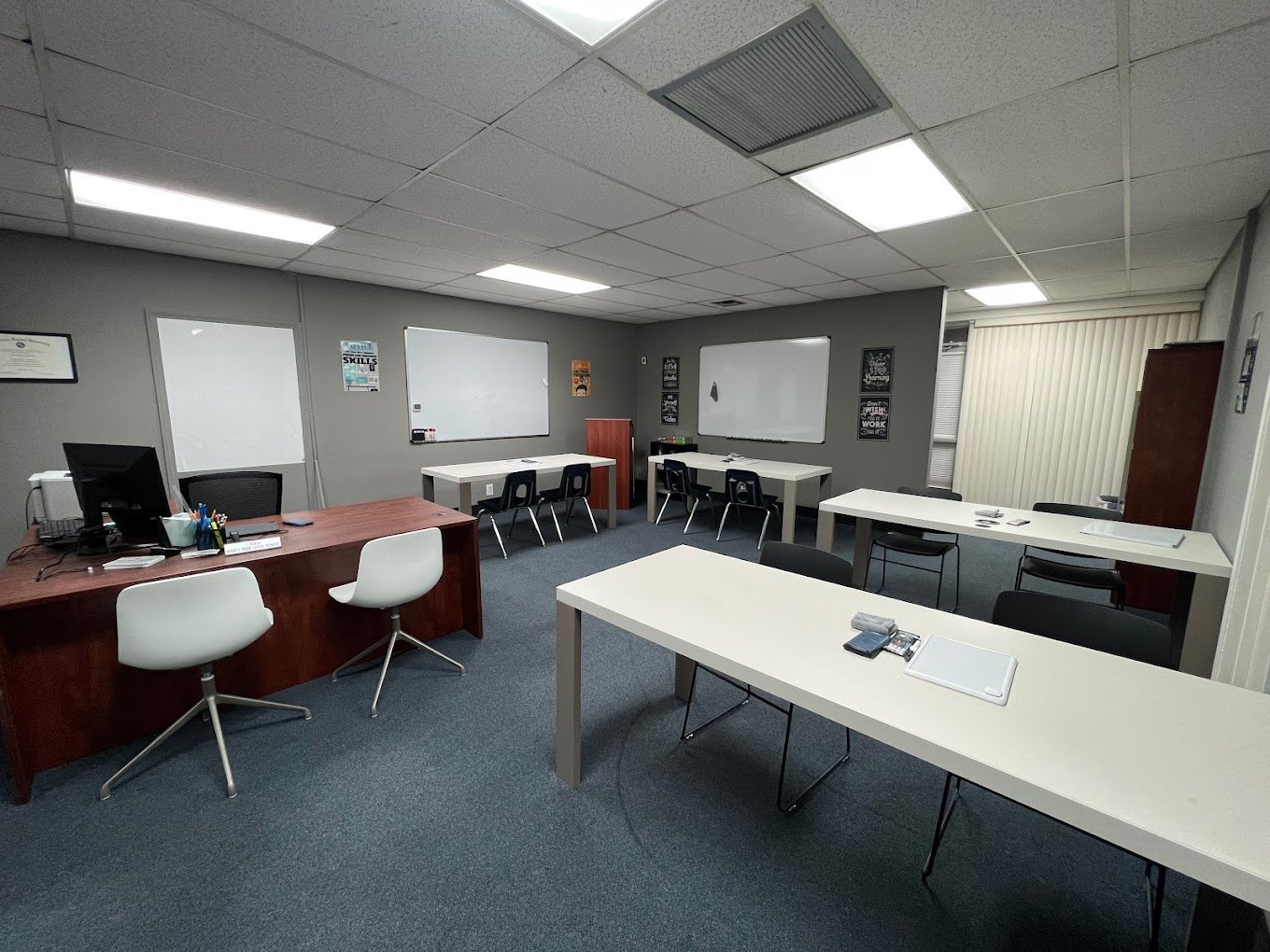
AP Calculus BC Classes
1. Limits and Continuity
Understanding the concept of a limit.
Limits at infinity.
Continuity and the Intermediate Value Theorem.
Limits of indeterminate forms (L'Hopital’s Rule).
2. Differentiation
Definition of the derivative.
Basic differentiation rules (power, product, quotient, chain rule).
Implicit differentiation.
Derivatives of trigonometric, exponential, logarithmic, and inverse functions.
Applications of the derivative:
Related rates.
Optimization problems.
Linear approximation and differentials.
3. Integration
Definition of the integral (antiderivative).
Fundamental Theorem of Calculus.
Techniques of integration:
Substitution.
Integration by parts.
Trigonometric integrals.
Partial fractions.
Improper integrals.
Numerical methods for integration (e.g., trapezoidal rule, Simpson's rule).
4. Applications of Integrals
Area under curves.
Volume of solids of revolution (disk and washer methods).
Work, fluid pressure, and other physical applications.
Average value of a function.
Arc length and surface area.
5. Series
Sequences and series.
Convergence and divergence.
Power series.
Taylor and Maclaurin series, including their radius and interval of convergence.
Error bounds for approximating functions using series.
6. Polar Coordinates and Parametric Equations
Parametric equations and their derivatives.
Polar coordinates and graphs.
Calculus with parametric and polar equations (area, length, etc.).
7. Differential Equations
Solving separable differential equations.
Slope fields.
Euler’s method.
8. Applications of Derivatives and Integrals
Analyzing functions using the first and second derivatives (increasing/decreasing, concavity, and points of inflection).
Optimization and motion problems.
Work and related physical applications.
These topics make up the majority of what is assessed on the AP Calculus BC exam. The test consists of multiple-choice questions and free-response questions, with a focus on problem-solving, conceptual understanding, and mathematical reasoning.
